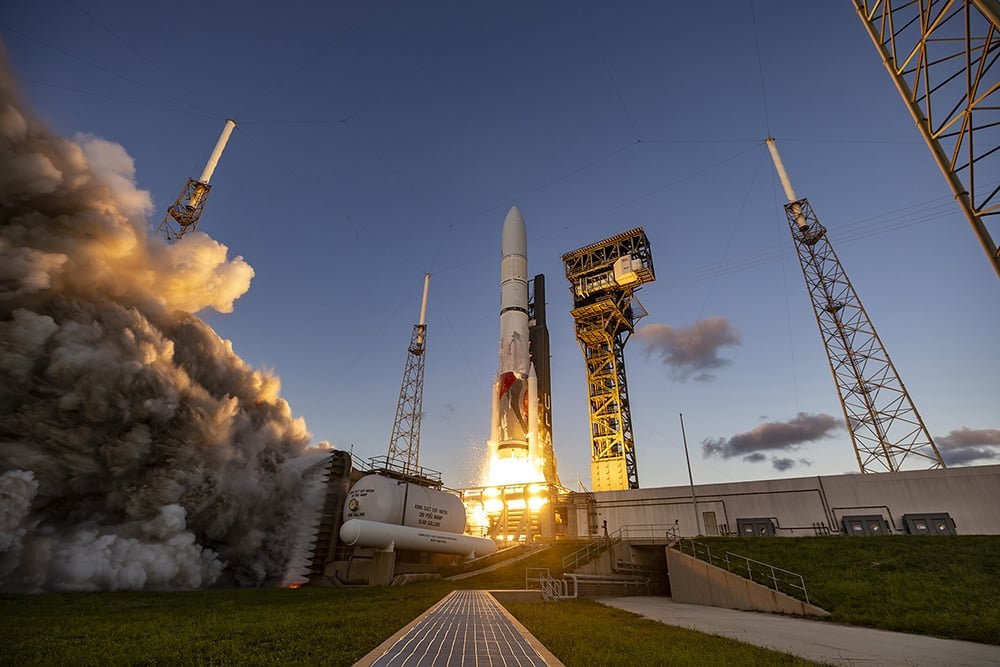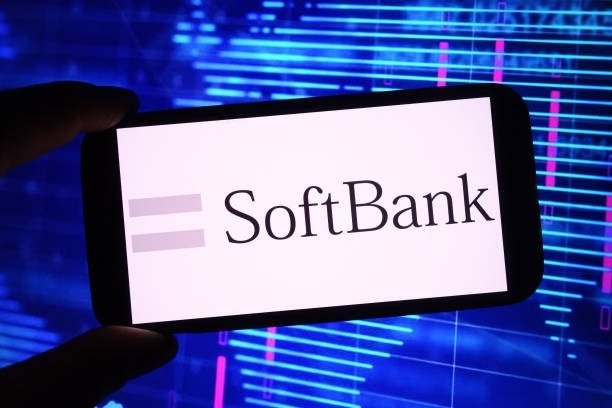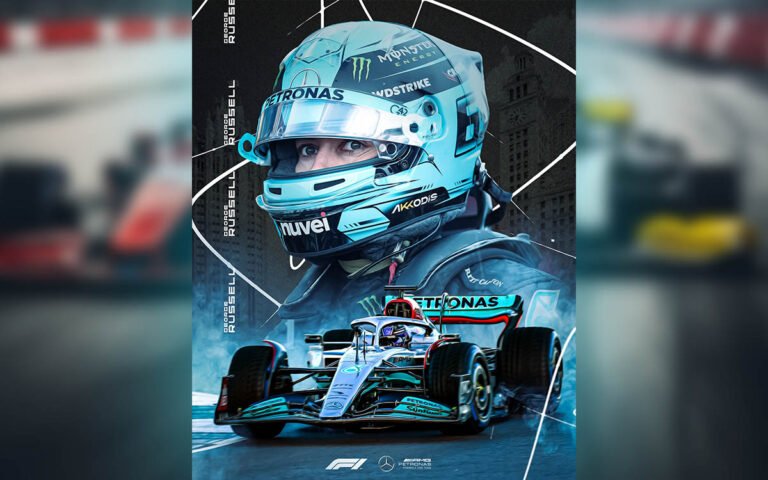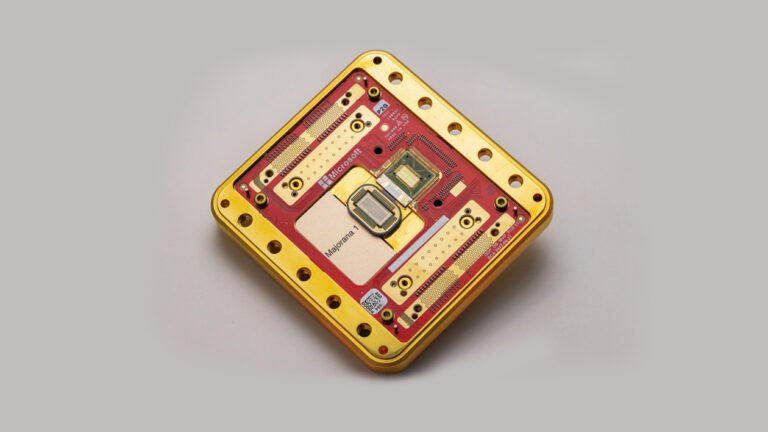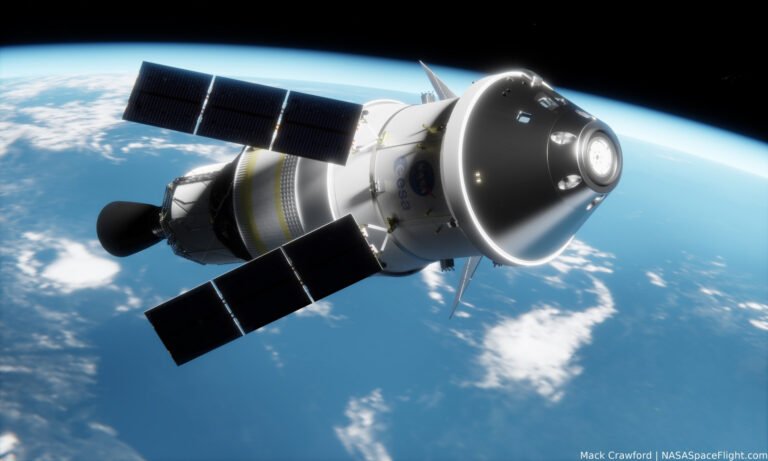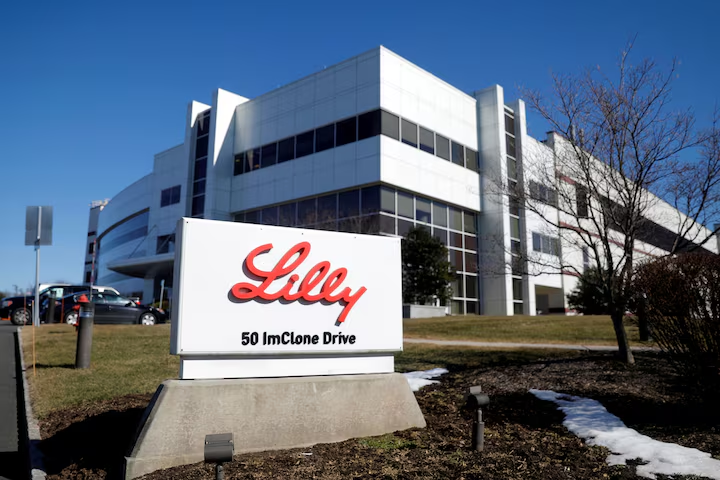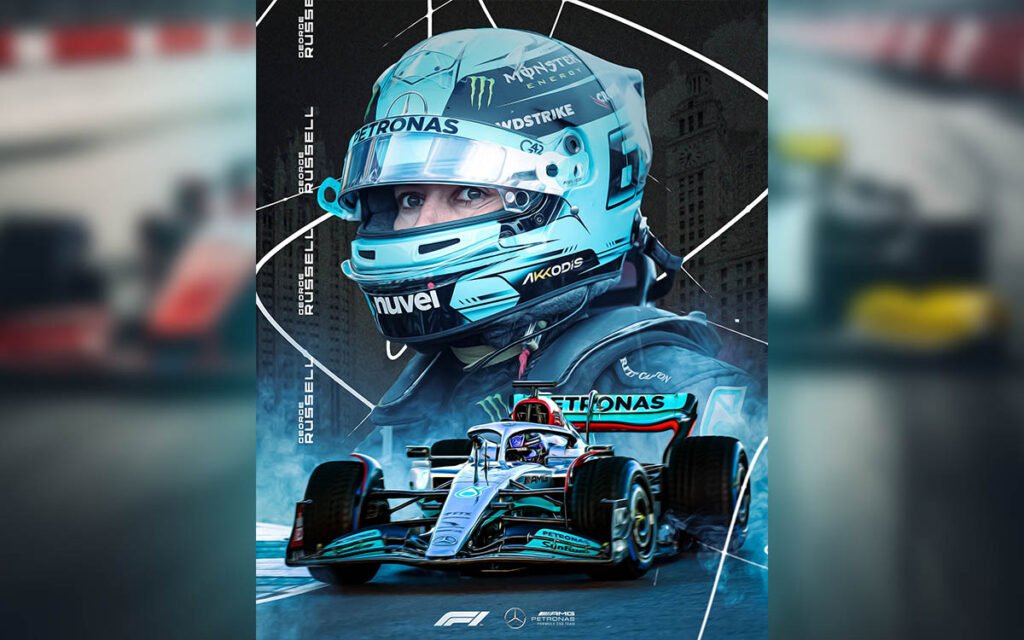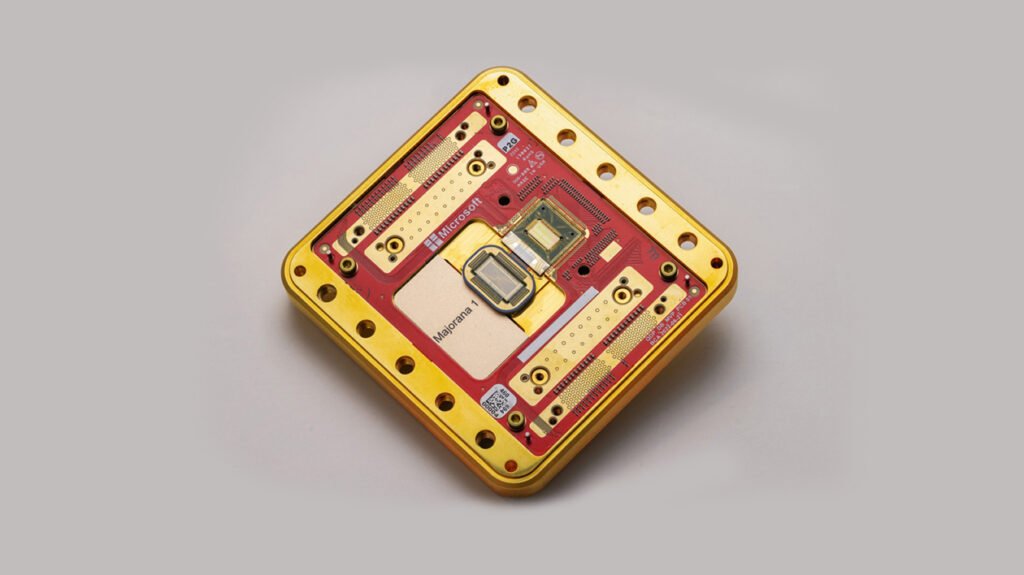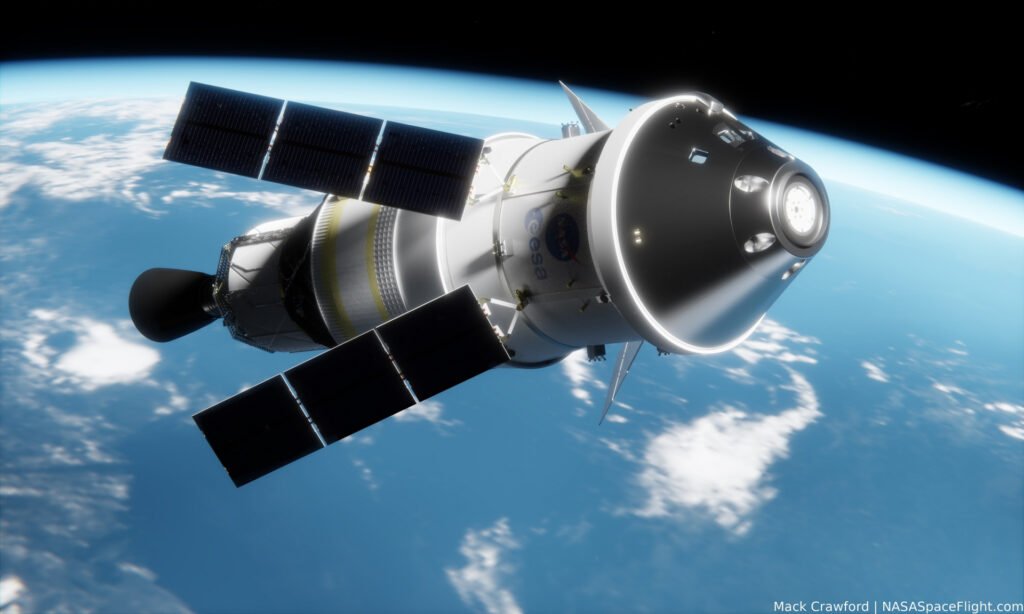The space race has entered a new and highly competitive phase. For years, SpaceX’s Falcon 9 has dominated the commercial launch market. Its reusable technology and low costs give it a significant edge. Now, however, a powerful challenger has arrived. United Launch Alliance (ULA) is a joint venture of aerospace giants Boeing and Lockheed Martin. They have finally debuted their new heavy-lift launch vehicle: the Vulcan Centaur. This launch marks a significant moment for ULA and, therefore, the broader space industry. As a result, it raises a critical question: can the Vulcan rocket vs Falcon 9 truly compete? In the end, the future of American launch capability may depend on the answer.
The USSF-106 Mission: First Shot in the Vulcan Rocket vs Falcon 9 Race
On August 12, 2025, the Vulcan rocket roared to life. It launched from Space Launch Complex-41 at Cape Canaveral Space Force Station. For example, this inaugural flight, designated as the USSF-106 mission, was a crucial first step for the new rocket. The classified payload carried two military satellites. One of these was the experimental Navigation Technology Satellite-3 (NTS-3). Vulcan successfully delivered it to geosynchronous orbit. The launch itself was flawless; in fact, it showcased the immense power and precision of the new vehicle. ULA’s success with this mission has officially certified Vulcan for national security space launches. The company’s retiring Atlas V and Delta IV rockets previously dominated this critical realm.
Vulcan’s Technology and Its Competition with Falcon 9
ULA designed the Vulcan Centaur to be a workhorse. It serves both government and commercial launches. The rocket stands 202 feet tall. For this reason, its first stage uses two BE-4 engines developed by Blue Origin. The rocket can also use up to six solid rocket boosters (SRBs) to increase its lift capacity. This makes it a versatile option for a variety of missions. Furthermore, the upper stage, the Centaur V, is a high-performance stage. It has exceptional endurance. The stage is ideal for direct injections into high-energy orbits, such as the one performed during the USSF-106 mission. ULA aims to streamline its operations and reduce costs. It will do this by transitioning from a family of rockets to a single, modular launch vehicle. While the Vulcan rocket has proven its reliability, its primary competition with the Falcon 9 will be on price.
The Vulcan Rocket vs Falcon 9: A Direct Comparison
The central question in the space launch industry is, therefore, how the Vulcan rocket vs Falcon 9 competition will play out. In terms of sheer lift capacity, for instance, a fully configured Vulcan can rival and even surpass SpaceX’s Falcon Heavy for some specific orbits. However, the key differentiator is reusability. SpaceX has mastered the art of recovering and reusing its Falcon 9 first stage. This drastically lowers its cost per launch. As a result, a commercial Falcon 9 launch is estimated to cost around $67 million. In contrast, a Vulcan launch is reportedly priced at a starting point of about $110 million.
While Vulcan is designed to be partially reusable, it uses a “SMART” (Sensible Modular Autonomous Return Technology) engine recovery system. This technology has not been tested yet. The success of this system will, therefore, be critical for ULA to truly compete on price.
The Future of ULA: A New Era in the Vulcan vs Falcon 9 Rivalry
For years, ULA was the reliable but expensive workhorse for high-value government payloads. The company’s legacy Atlas V and Delta IV rockets had a near-perfect track record. However, reusable rockets from companies like SpaceX and Blue Origin created significant pressure. Vulcan is ULA’s response to this new era of competition. Its successful debut is not just a technical achievement. It is, in fact, a clear signal that ULA is prepared to fight for its market share. The company has a substantial backlog of missions. This includes a key role in launching Amazon’s Kuiper constellation. As a result, this will ensure a steady stream of revenue and flight opportunities.
The debate of the Vulcan rocket vs Falcon 9 will continue for years. One thing is clear, however: the debut of ULA’s new rocket has injected new energy into the space industry. With multiple players, the cost of accessing space will continue to drop. Ultimately, this will benefit everyone from government agencies to commercial satellite operators.

